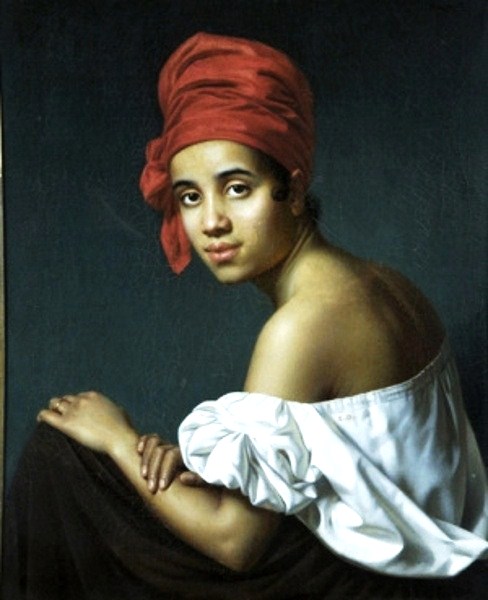“Did you know that in late 18th century Louisiana, black and multiracial women were ordered to cover their hair in public?” My sister asked me.
“WOW. Really?” I replied.
I’d probably heard of this in one of my black studies classes in undergrad, but who remembers everything they’ve been taught? Besides, this information felt instantly relevant and I was absolutely intrigued.
It wasn’t unusual for me to feel myself gaining brain cells while in conversation with my sisters, but by the time I caught my racing thoughts so I could ask her some questions, it was time to take care of my baby girl. I knew, however that this was a topic worth visiting again.
With a little digging I found that there was in fact a “law” of sorts that demanded women of color in Louisiana to cover their hair with a fabric cloth starting in 1789 as a part of what was called the Bando du buen gobierno (Edict for Good Government). What these rules were meant to do was try to curtail the growing influence of the free black population and keep the social order of the time. The edict included sections specifically about the changing of certain “unacceptable” behaviors of the free black women in the colony including putting an end to what he and others believed to be the overly ostentatious hairstyles of these ladies which drew the attention of white men, and the jealousy of white women. These rules are called the “Tignon Laws” A tignon (pronounced “tiyon”) is a headdress.
Apparently, women of color were wearing their hair in such fabulous ways, adding jewels and feathers to their high hairdos and walking around with such beauty and pride that it was obscuring their status. This was very threatening to the social stability (read: white population) of the area at the time. The law was meant to distinguish women of color from their white counterparts and to minimize their beauty.
Black and multi racial women began to adopt the tignon, but not without a little ingenuity. Many tied the tignon in elaborate ways and used beautiful fabrics and other additions to the headdress to make them appealing. In the end, what was meant to draw less attention to them made these ladies even more beautiful and alluring.
This bit of history only makes me feel even more proud about wearing my natural hair out or in pretty head wraps.
My take away: We should realize and embrace the inherent beauty of our blackness and all that makes us unique, especially our hair. Even history teaches us it’s all so notably beautiful!
Have you heard of any additional laws specifically targeting black women of the past?




